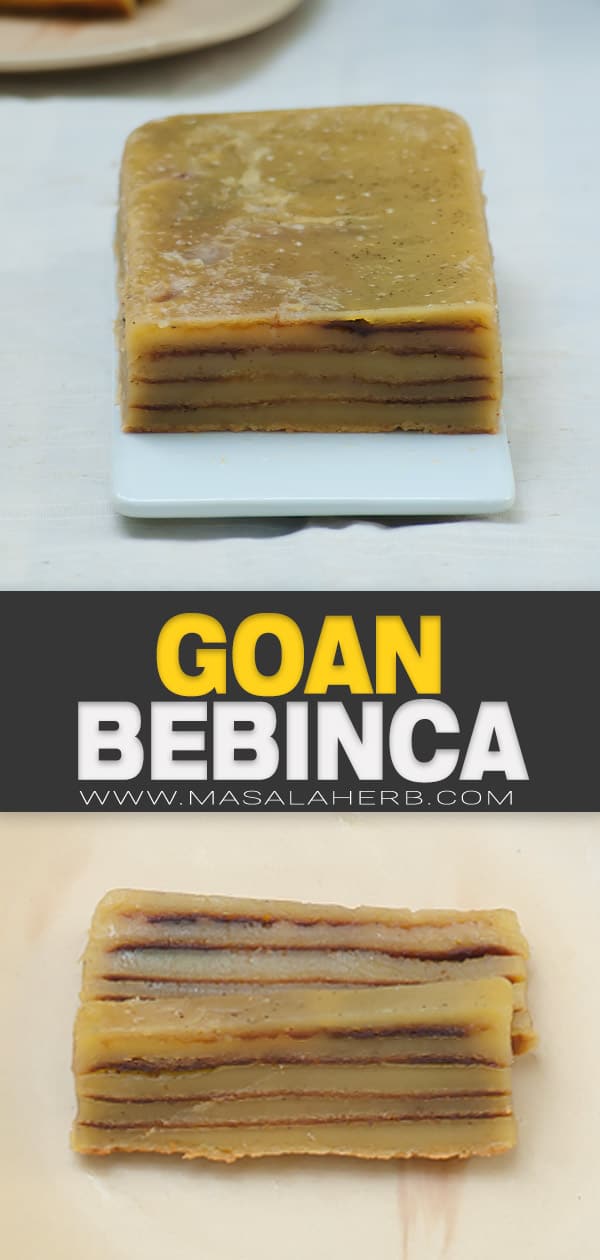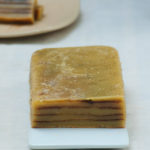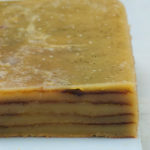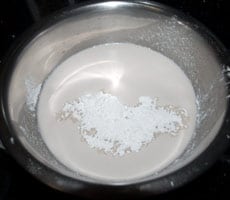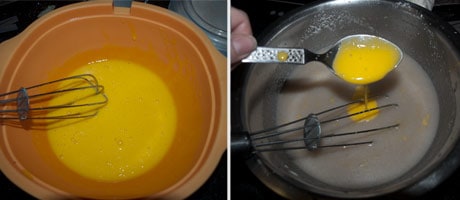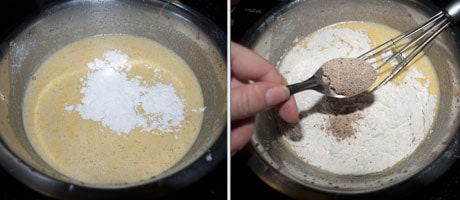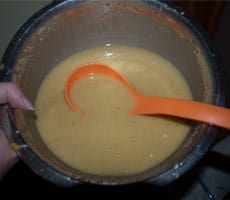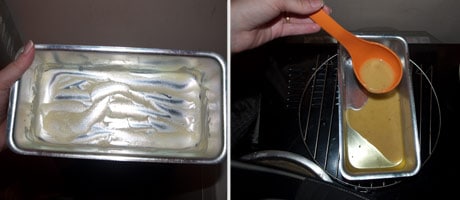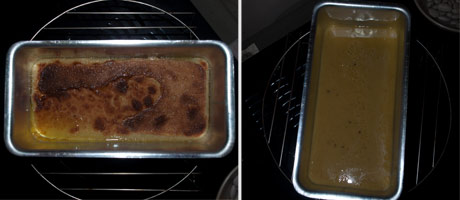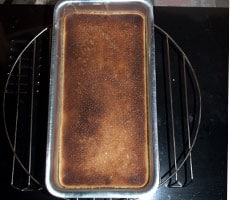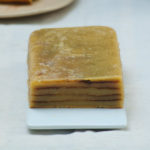
Bebinca is a sweet Goan Indian treat and nothing beats homemade Bebinca.
Coconut, spices and clarified butter make this dessert a hit!
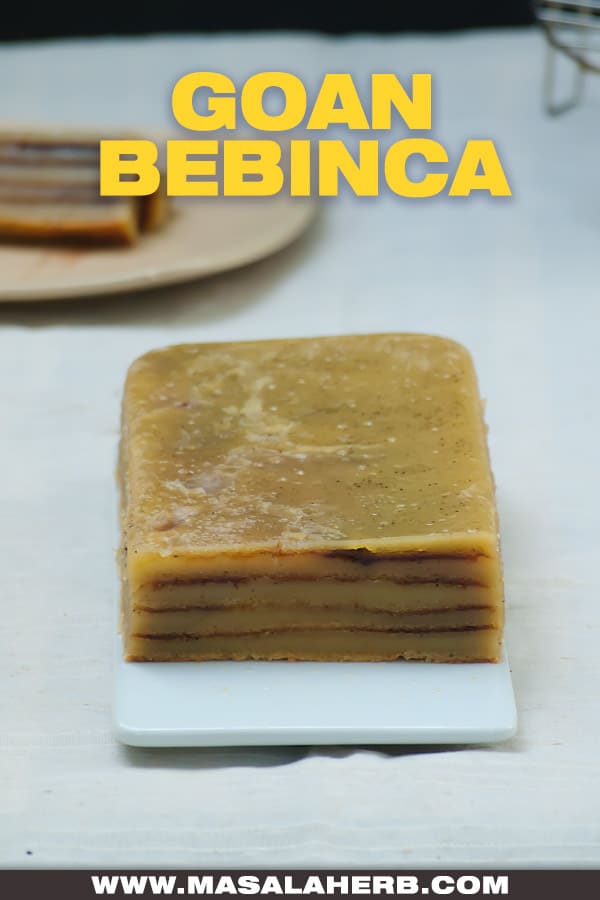

Global Food Recipes
with Spices and Herbs
Free E-Book available for a limited time. Grab yours now and get instantly inspired!
You missed out!
What is Bebinca?
Bebinca is a rich multi-layered baked pudding cake from the state of Goa in India.
The queen of Goan desserts is usually made for special celebrations and Christmas.
This decadent dessert is made with multiple eggs, coconut milk and warm spices.
While the ingredient list is not long, patience and time are essential, which make this dessert come together in many consecutively baked soft ghee-soaked layers.
Bebinca melts in your mouth, leaving a delicate hint of coconut and cardamom on your palate.
Traditionally, this cake is made in an earthen pot over a fire fed by coconut husks and can take a whole day to bake as each layer is added individually.
The cake can have 7 to 16 layers.
While most restaurants and home cooks nowadays use an oven to make this delicacy, cooks in rural Goa traditionally make the cake over a fire, which imparts the bebinca a complex smoky flavor and an added layer of caramelization.
Ingredients
You will need the following ingredients to make Bebinca from scratch at home.
- Coconut milk
- Sugar
- Egg yolks
- All-purpose White Flour
- Nutmeg & Cardamom
- Ghee — Clarified Butter
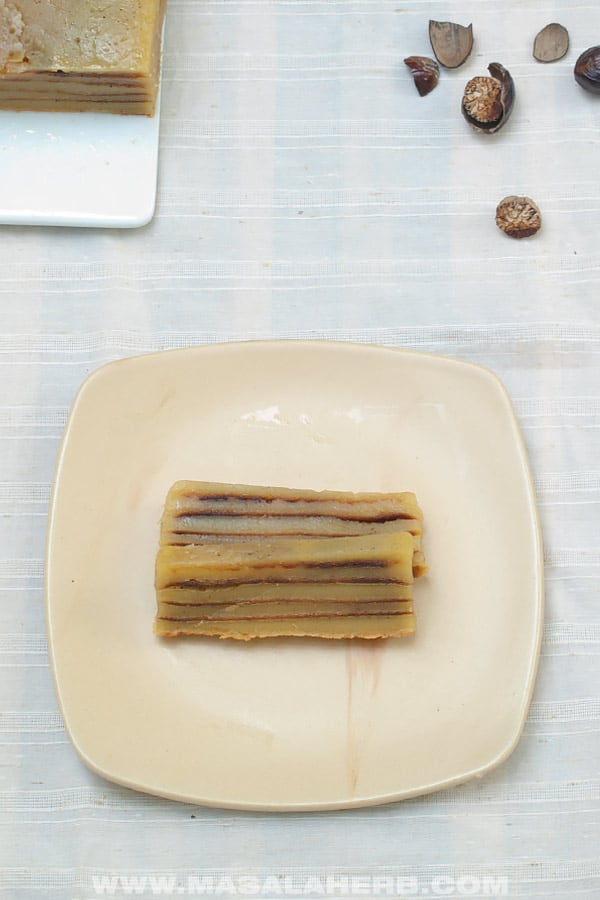
How to make Bebinca?
To make Bebinca you will need some time and patience. It comes together, a layer at a time.
Here is an overview on how it's done, US and metric measurements are located at the bottom of this post.
Step 1 — prepare the batter
In a mixing bowl, whisk together the coconut milk and sugar until the sugar is dissolved.
Whisk the egg yolks separately and then add them to the coconut and sugar mixture and whisk everything thoroughly.
Add the flour and spices and mix the batter well.
Step 2 — bake your first layer
Add ghee into a baking pan so that it coats the bottom.
Pour a couple of ladles of the mixture into the pan to create the first layer of the bebinca.
Put the pan in the oven and bake it on the grill setting until the layer gets cooked.
Step 3 — repeat and bake
Repeat the process of layering ghee with the batter until you have finished the batter and achieved the desired number of layers.
After cooling the cake, turn it over and ease it gently out of the baking pan.
Enjoy your delicious and authentic Goan dessert!
📖 Recipe
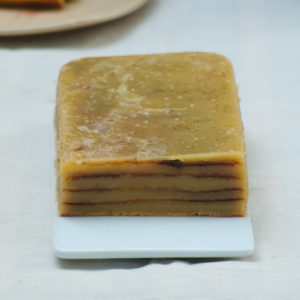
Bebinca - Layered Goan Cake Recipe
Ingredients
- 12.7 Ounces Coconut Milk thick
- 10.6 Ounces Powdered Sugar aka castor sugar
- 10 Egg Yolks
- 3.5 Ounces All-purpose Flour
- 1 ½ Teaspoon Nutmeg grated
- 1 Teaspoon Green Cardamom Ground
- Clarified Butter aka ghee, as per your needs
Instructions
- In a mixing bowl stir in the coconut milk and sugar. Whisk well until the sugar is completely dissolved.
- Separate the eggs and place the yolks into a mixing bowl. Whisk them and then slowly pour and whisk the yolks into the coconut milk sugar mixture.
- Sieve your flour into the coconut milk batter and add the grated nutmeg and cardamom powder as well.
- Whisk the whole content to a smooth crepes like batter consistency without lumps.
- Grab a square or round pan (I prefer square, size of 9.5 inch length x 5 inch breadth and 2 inch deep) and add 1 tablespoon of clarified butter. Place it into the oven for a minute so that the clarified butter melts. Take out and pour about 2 - 2 ½ ladles into the pan. Allow it to spread evenly.
- Place into the oven and select the grill mode (not all-round heat but the heat from top to down) and allow it to cook for 18 minutes or until you can see the top all brown and hard. Your oven might require more or less time so keep an eye on it!
- Take it out again and spread ½ Tablespoon clarified butter all over the last layer. Then again pour in 2 - 2 ½ ladles full of batter and keep under the grill in the oven until it gets dark and hard (about 18 minutes).
- Repeat the ½ Tablespoon clarified butter and 2 ½ ladles of batter each time until you have used all the batter. You should be having 5-6 layers at the end.
- Remember to keep an eye on your cake so that it doesn't over cook or under cook!
- Once the last layer has cooked add ½ Tablespoon of clarified butter and let it cool.
- Once cooled, carefully detach the borders of the cake from the mold with a knife and topple the cake carefully over.
- To serve cut thin slices and enjoy.
Nutrition
Serving
In Goa, bebinca is traditionally given to friends and neighbors as part of a festive platter that would contain other Goan delicacies such as spritz cookies, nankatai, tutti frutti cake, neureos, vodde, kulkul, and marzipan.
In family restaurants in Goa, bebinca is served with a generous scoop of vanilla ice cream. The buttery dessert goes well with a strong cup of coffee.
Bebinca has also inspired chefs from around the world to create their own twists on this 18th century colonial dessert by creating bebinca-flavored cheesecakes and crème brûlée.
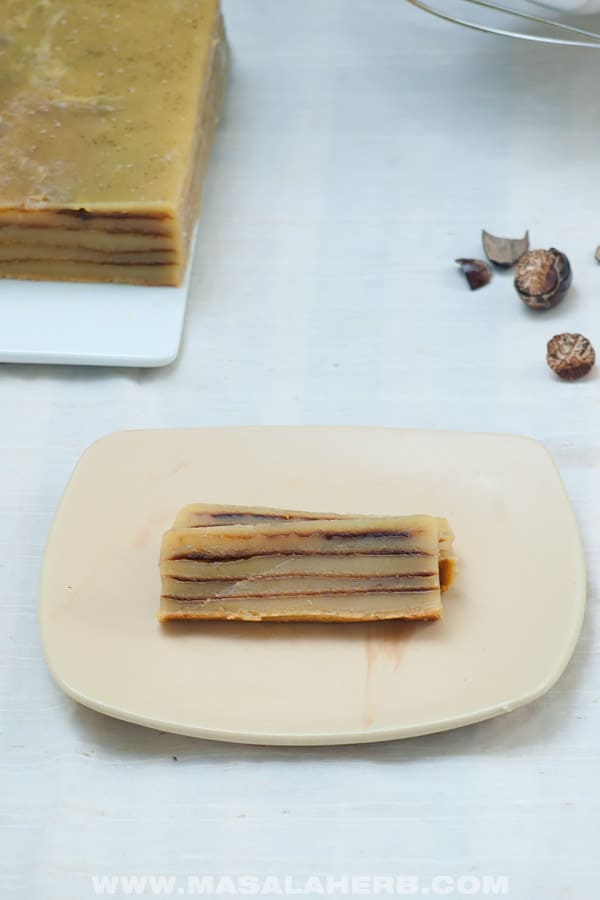
History of Bebinca
The origin of this dessert is not documented and only exists in the form of a legend of a Portuguese nun who lived in the Santa Monica Convent in Old Goa in the 18th century.
During that time, nuns in Portugal used egg whites to starch their habits and in the winemaking process, which resulted in large quantities of left-over egg yolks.
Thus, Portuguese cuisine developed a lot of egg-rich pastries and deserts to utilize the overabundance of egg yolks.
The Portuguese nuns continued their starching habits in their Indian colony of Goa.
This is why bebinca has a large number of eggs, something which is unusual for Indian deserts. The sacred nature of sweets, due to their function as an offering to the gods, requires being vegetarian.
As the legend goes, a home-sick nun was dreaming of the seven hills of Lisbon and made a dessert that consisted of seven layers as a tribute to her distant hometown.
She showed it to the head priest, who asked for more layers to be added, and thus the bebinca of sixteen layers was born.
It is unclear how the bebinca has traveled the world, but similar desserts by that name can be found in Mozambique and Macao.
Surprisingly, it is not found in Brazil and Portugal; bebinca can only be eaten in Goan restaurants.
This hints at the possibility that the legend might be true and this rich and labor-intensive dessert did indeed originate in Goa.
